Tortilla Cubana 1896 (Cuban Tortilla)
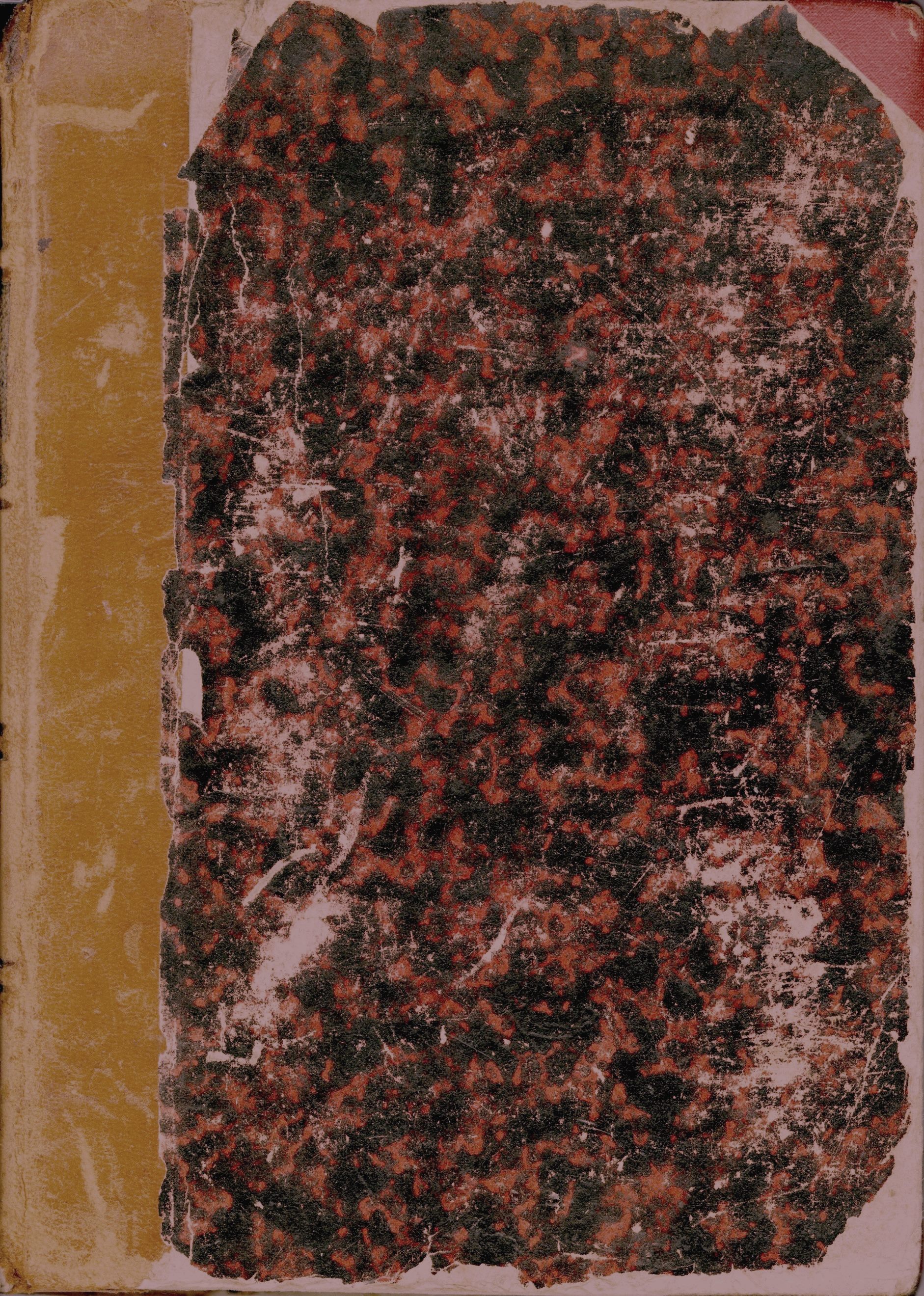
Torres de Rubio, Vicenta. Cocina Michoacana (Zamora : Imprenta Moderna, 1896). [TX716.M4 T67 1896].
For our final Friday with Vicenta Torres de Rubio’s landmark regional cookbook Cocina Michoacana, I decided to try on of the recipes in the Tortilla chapter. This chapter consists not of thin unleavened bread made from corn or flour, but of tortillas in the Spanish sense of the term – thick omelets, sometimes containing meat, potatoes, or other vegetables.
The recipe below for Tortilla Cubana looked particularly tasty. Since I was cooking for just two people, I reduced the size and used a small 8″ skillet.
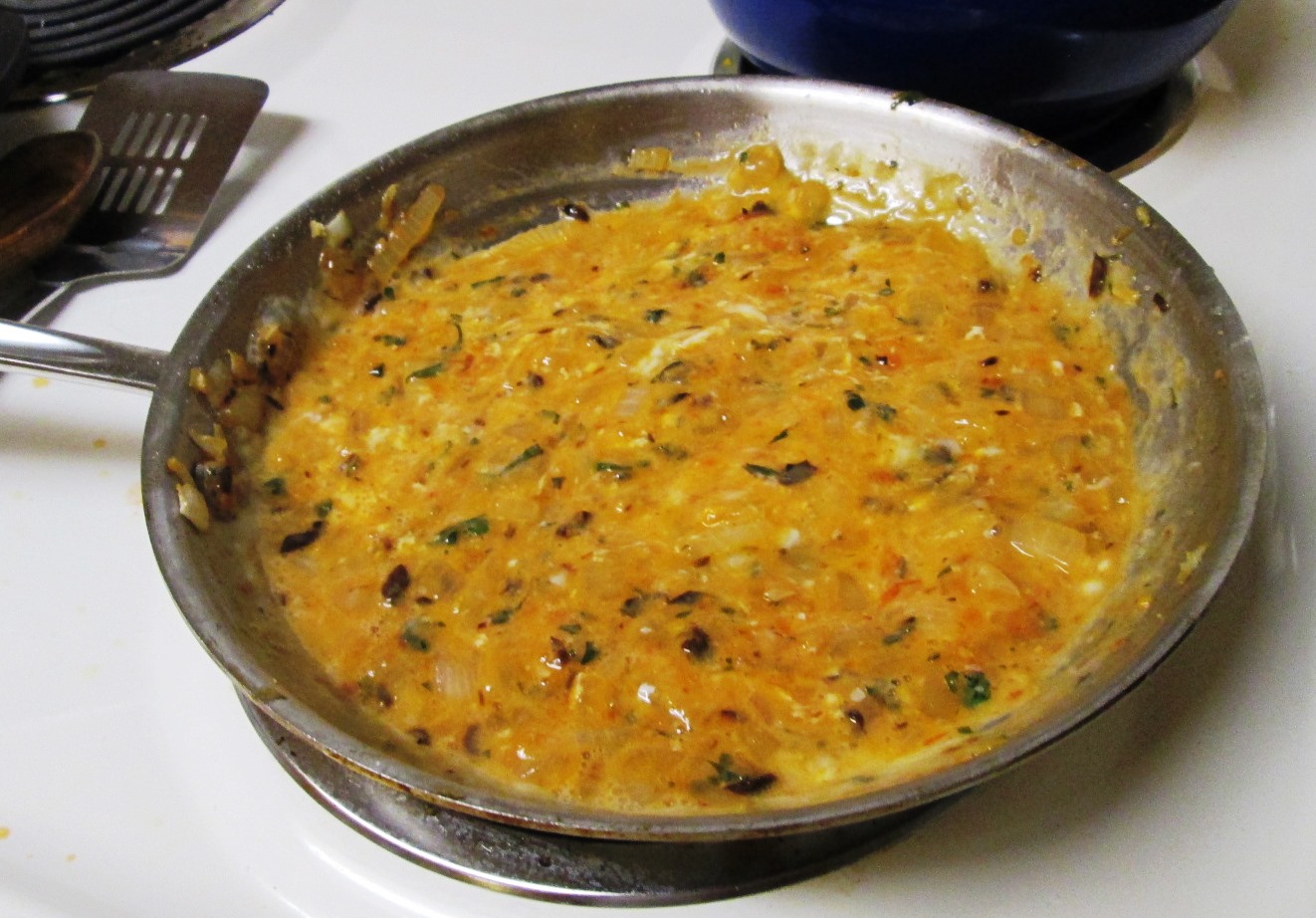 Tortilla Cubana (265)
Tortilla Cubana (265)
Fríanse en dos onzas de Manteca unos dientes de ajo, cuatro ó seis cebollas picadas, algunos pedazos de chile ancho pasilla bien desflemado, la pulpa de un jitomate asado y unas ramitas de perejil.
Una vez frito competentemente ese recaudo, revuélvanse ocho huevos con un poco de harina flor (muy medida ésta) y bátanse y derrámense en la cacerola procurando que armada por debajo se le dé vuelta para uniformar el cocimiento.
Se sirve acabada de preparar, y se apura con alguna salsa de mostaza ó alguna de jitomates, cebollas picadas, aceite, vinagre, oregano fino, pimiento y sal.
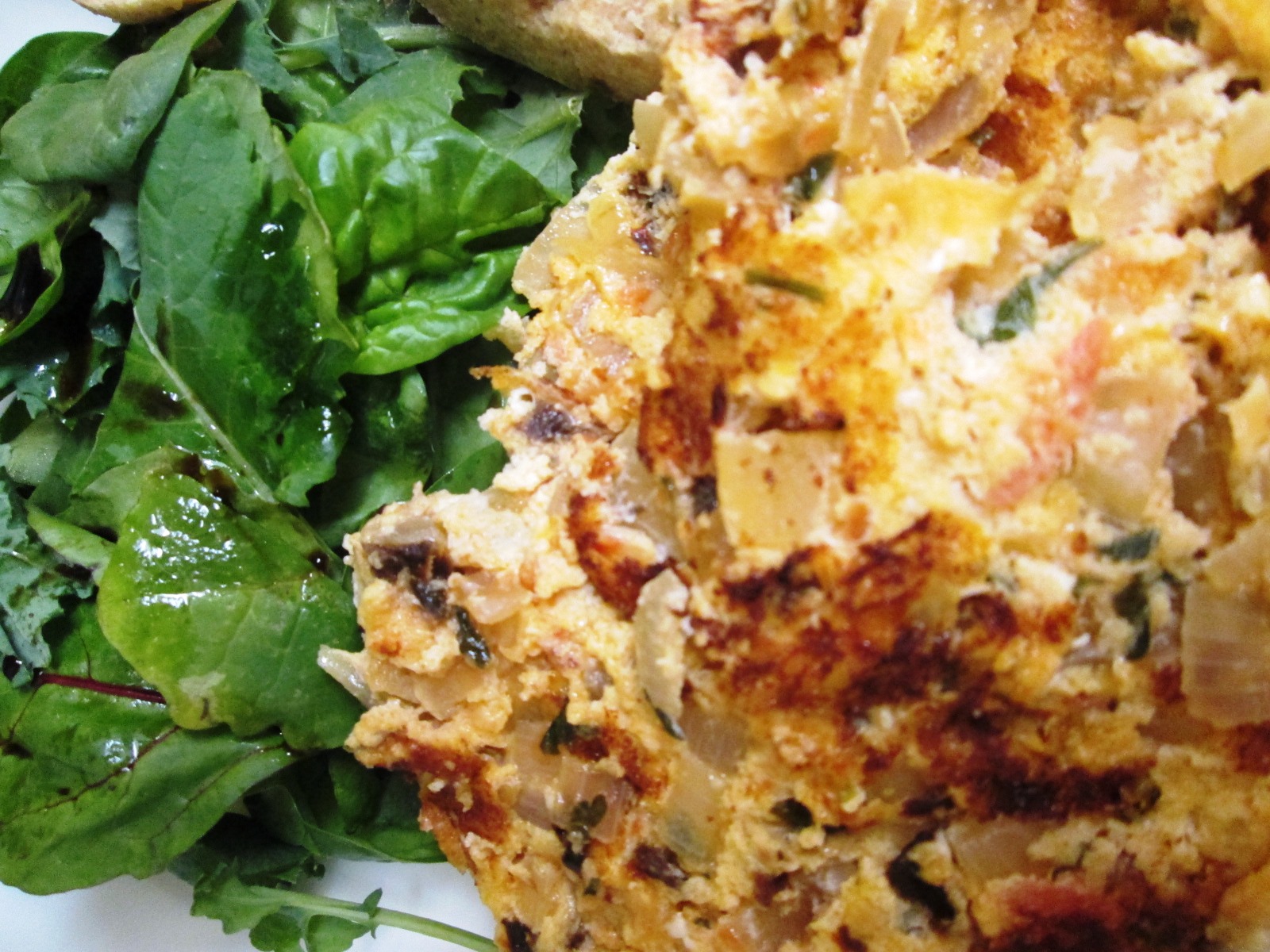 Cuban Tortilla (265)
Cuban Tortilla (265)
Fry the following in two ounces of lard: a few cloves of garlic, 4-6 chopped onions, some pieces of pasilla or ancho chile pieces well pickled in water mixed with vinegar and salt, the pulp of one roasted tomato and a few sprigs of parsley.
Once this mixture is well-fried, mix in 8 eggs with a little fine flour. Beat well and tip pan so that the egg mixture spreads throughout the pan, and then flip to ensure that the mixture cooks uniformly.
Serve fresh with mustard sauce or with a salsa made of tomatoes, chopped onions, oil, vinegar, finely chopped oregano, black pepper, and salt.
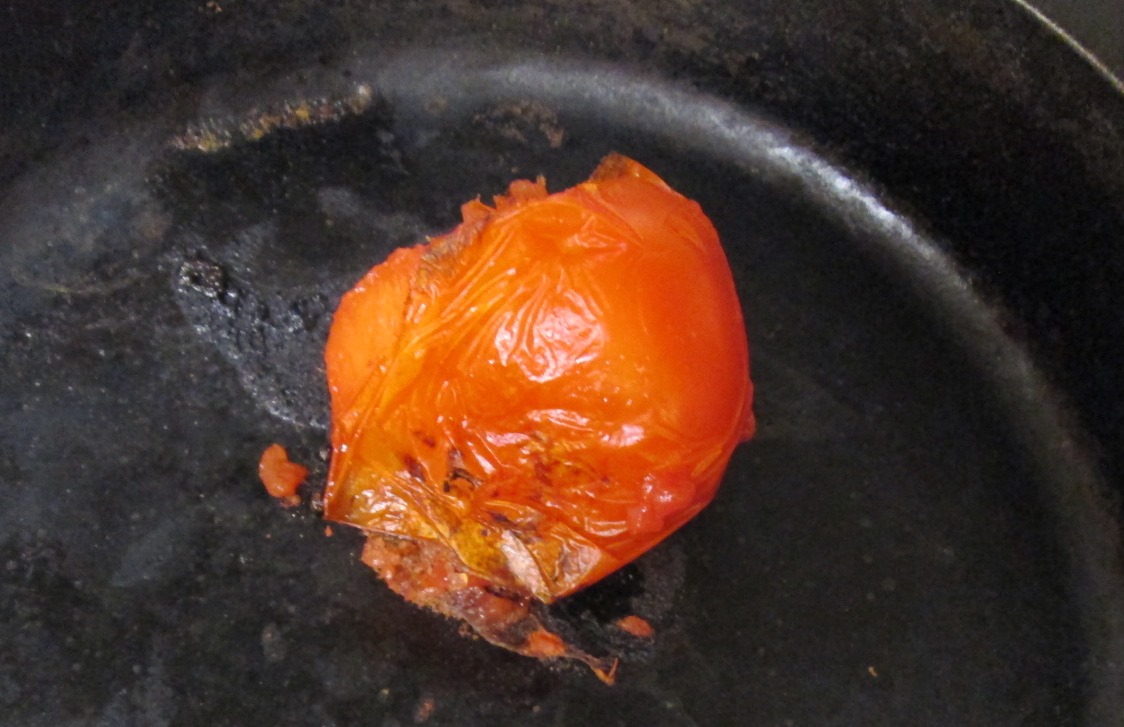 In the Kitchen
In the Kitchen
This recipe leaves quite a bit up to the cook’s discretion, so I had to make several decisions along the way.
In terms of ingredients, I used 1 clove garlic, 1 large white onion, 3 eggs, 1 small tomato, and a little fresh parsley. I also substituted olive oil for lard. It occurred to me rather belatedly (in the middle of the recipe) that the pickled chile might well refer to fresh chile pasilla or ancho, rather than dried, but at that point it was too late to run out to the store. So, I decided to carry on with my original plan – soaking the chile pasilla first in hot water, slicing it, and soaking again in a 50/50 mix of water and vinegar.
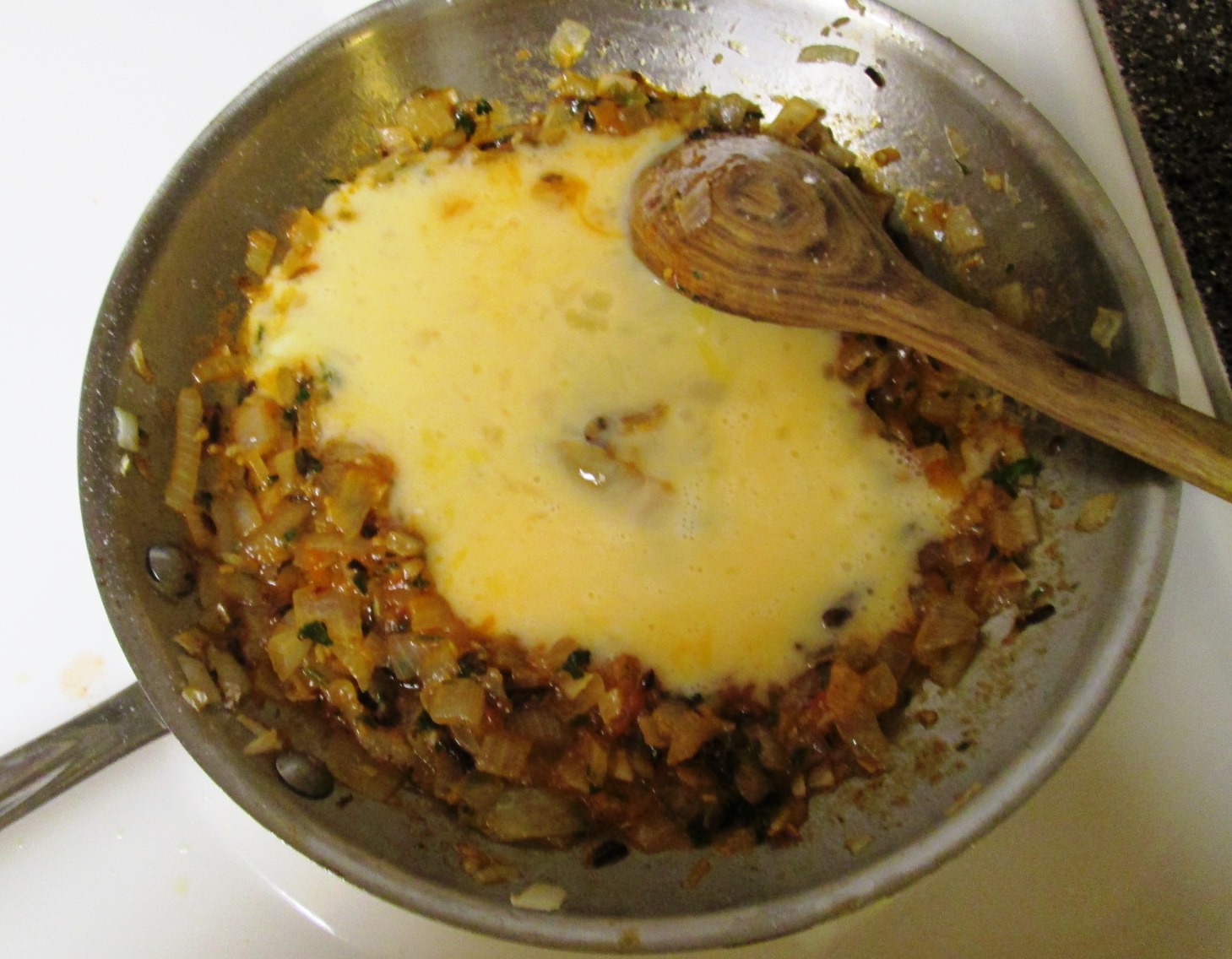 I fried the onions and garlic by themselves on low heat for about 15 minutes while the chiles were soaking and the tomato was roasting. Roasting the tomato under the broiler would probably have been easier than trying to do it in a skillet on an electric stove, but in the Texas summer, there’s a strong argument for avoiding the oven whenever possible.
I fried the onions and garlic by themselves on low heat for about 15 minutes while the chiles were soaking and the tomato was roasting. Roasting the tomato under the broiler would probably have been easier than trying to do it in a skillet on an electric stove, but in the Texas summer, there’s a strong argument for avoiding the oven whenever possible.
Once the onions were golden, I added the chiles, tomato pulp, and parlsey. I let this cook for 3-4 minutes till the liquid began to reduce, and then sprinkled a little flour on top and stirred it in before adding the eggs.
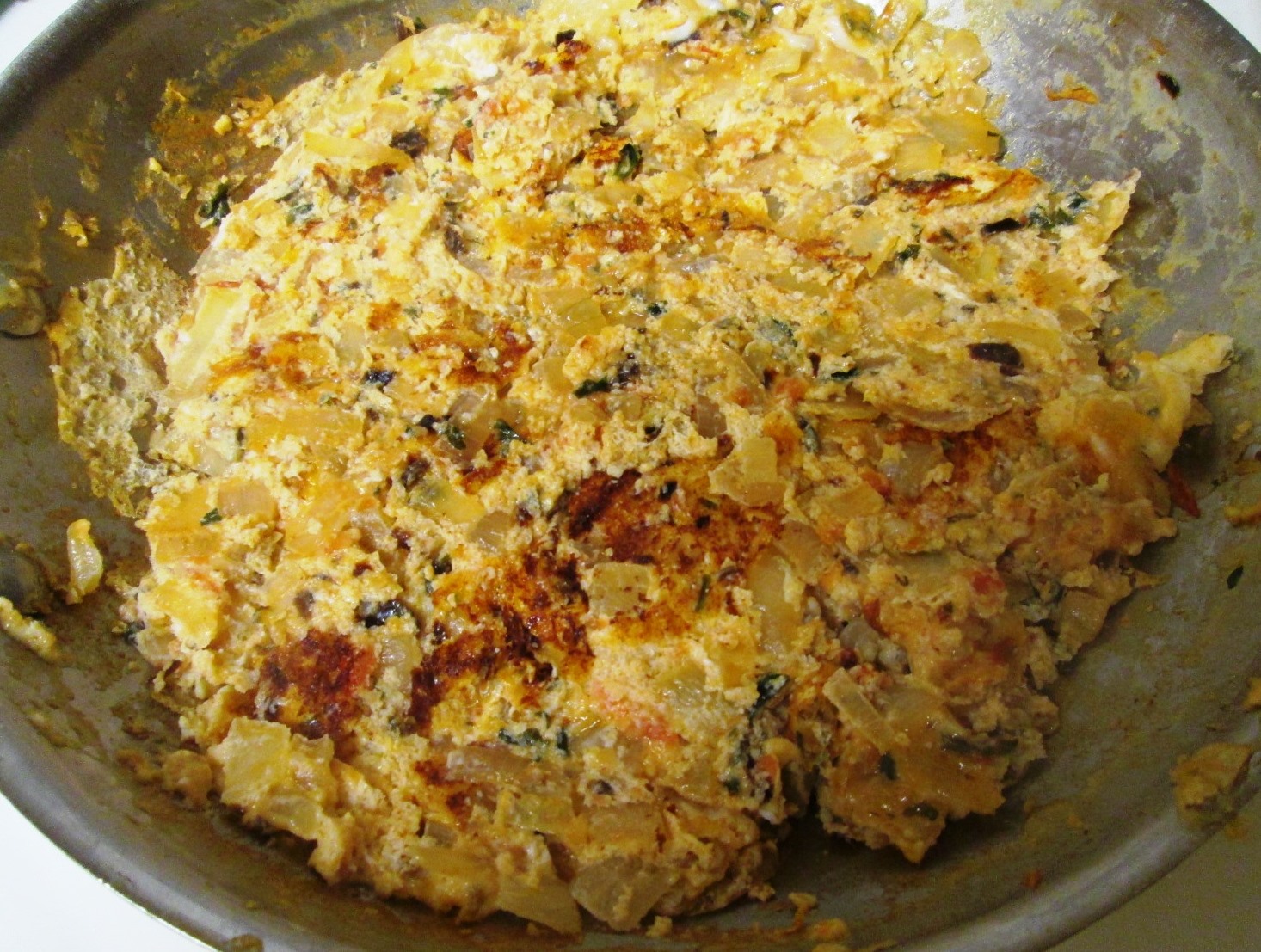 I found the final instructions difficult to interpret, but advice from a translation forum suggested that, like most tortillas, this one is probably meant to be flipped over to cook fully on both sides. Unfortunately, my flipping skills were not up to the task, so I ended up with four quarter-circles rather than one large round. This step might have been easier with the full number eggs in the recipe. It’s also possible that lard would have been a more effective lubricant than olive oil.
I found the final instructions difficult to interpret, but advice from a translation forum suggested that, like most tortillas, this one is probably meant to be flipped over to cook fully on both sides. Unfortunately, my flipping skills were not up to the task, so I ended up with four quarter-circles rather than one large round. This step might have been easier with the full number eggs in the recipe. It’s also possible that lard would have been a more effective lubricant than olive oil.
Nonetheless, the end result received very positive reviews at the dinner table. The chiles added richness of flavor without adding much heat at all, and the vinegar provided a slight, but pleasant, sharpness. This recipe is not only worth trying, but worth making again!

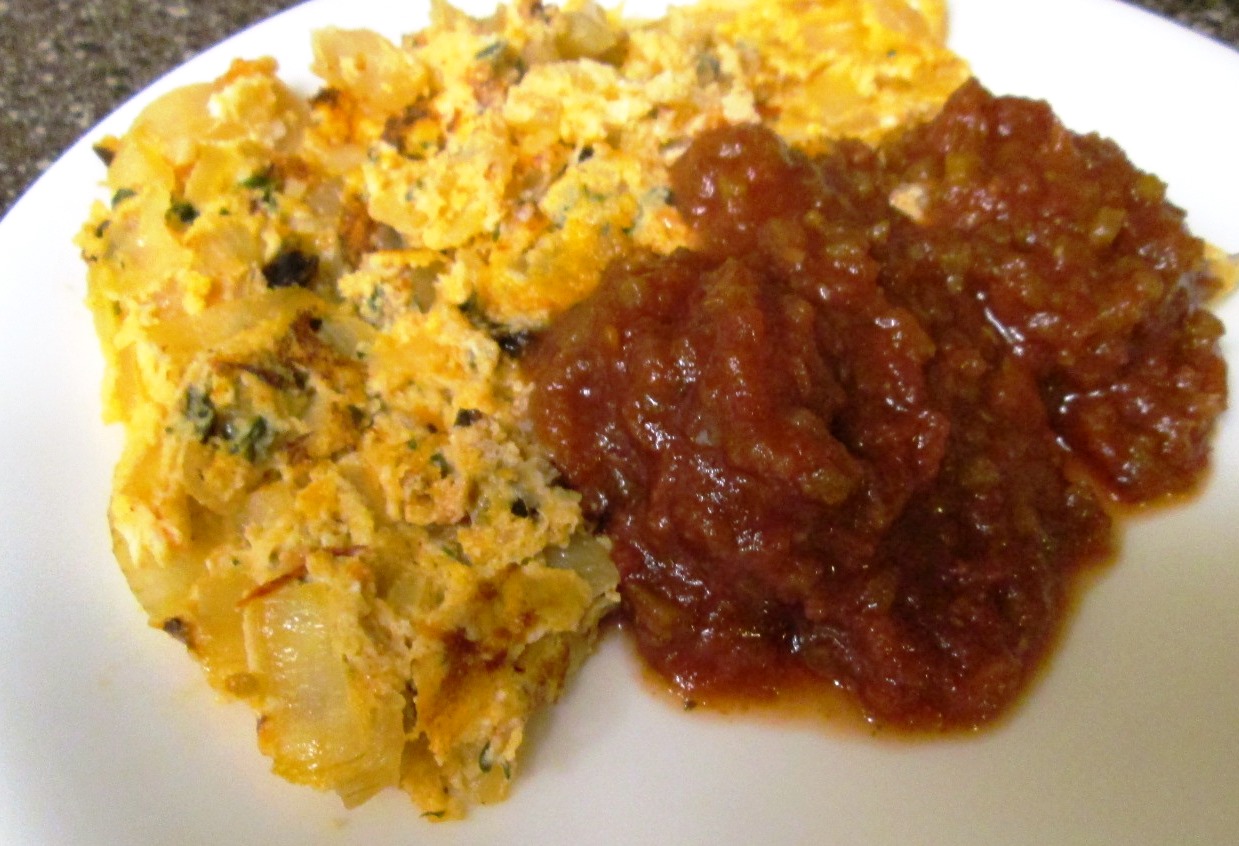
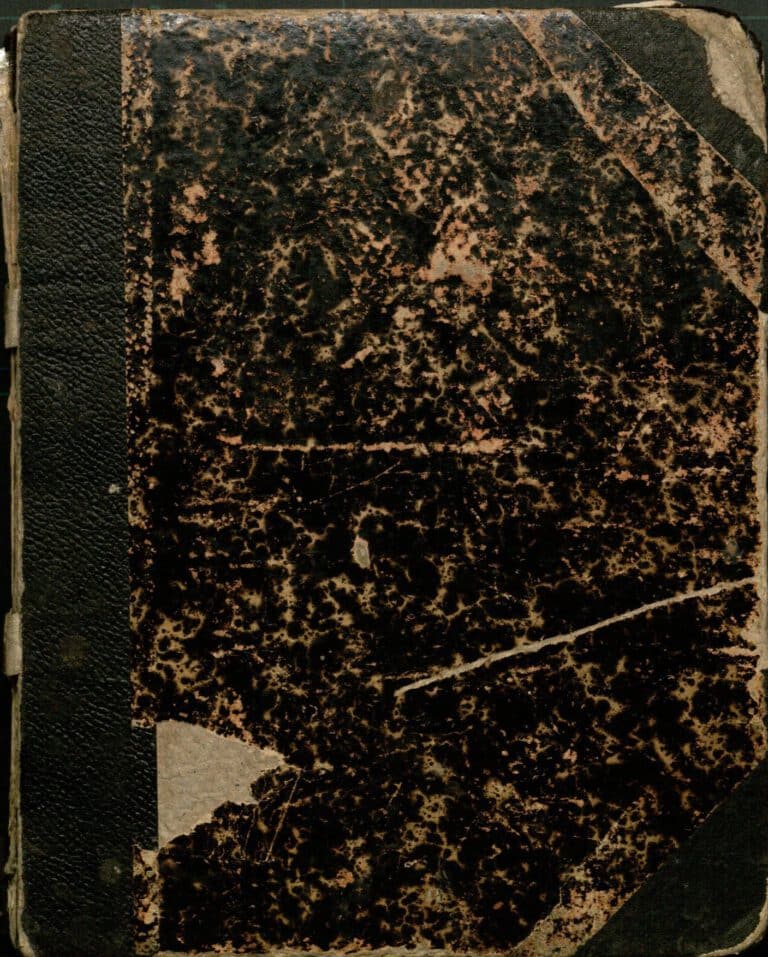
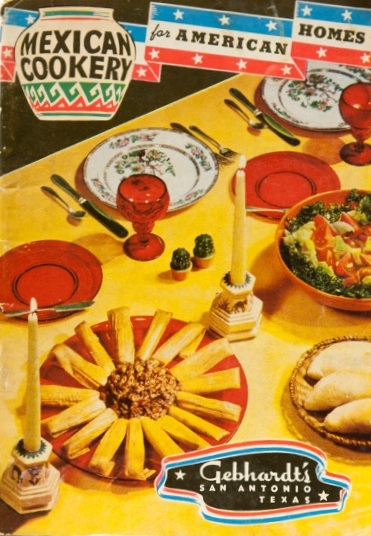
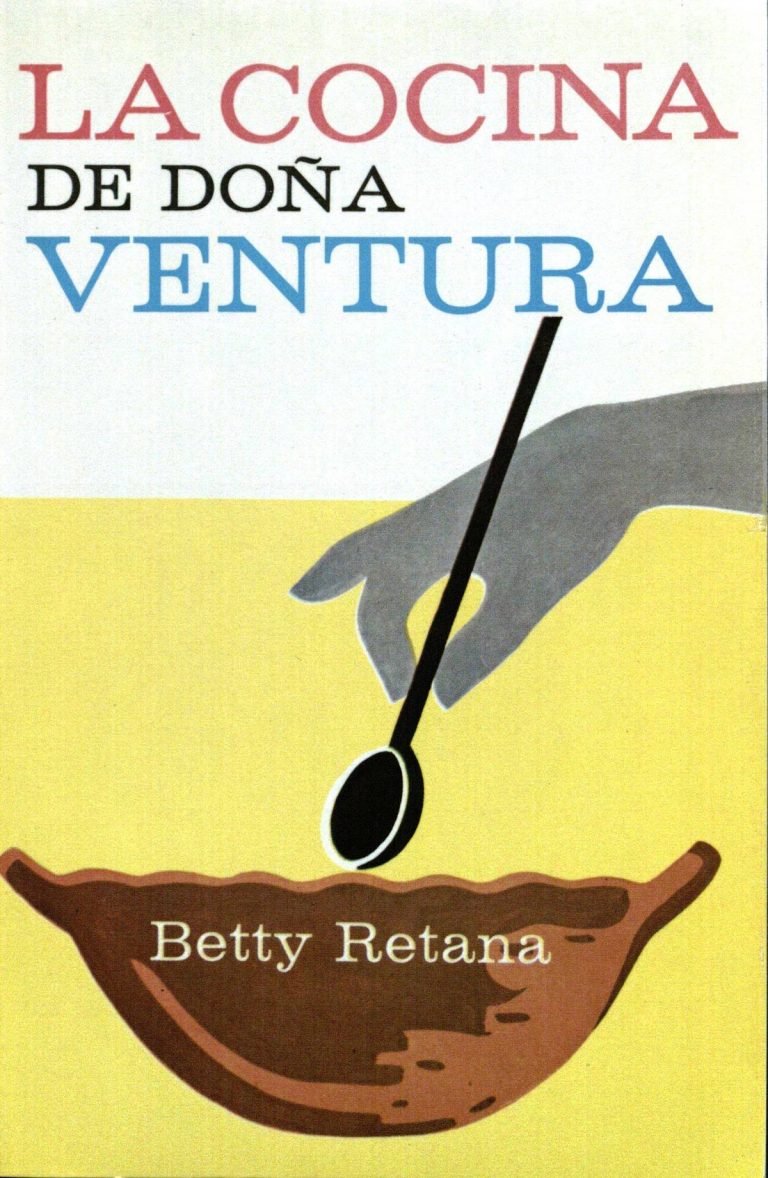
![Reposteria (1919) by Julia Sánchez Rangel. [TX773.S26 1919] UTSA Libraries Special Collections.](https://lacocina.utsa.edu/wp-content/uploads/2013/03/pasteldecoco1.jpg)

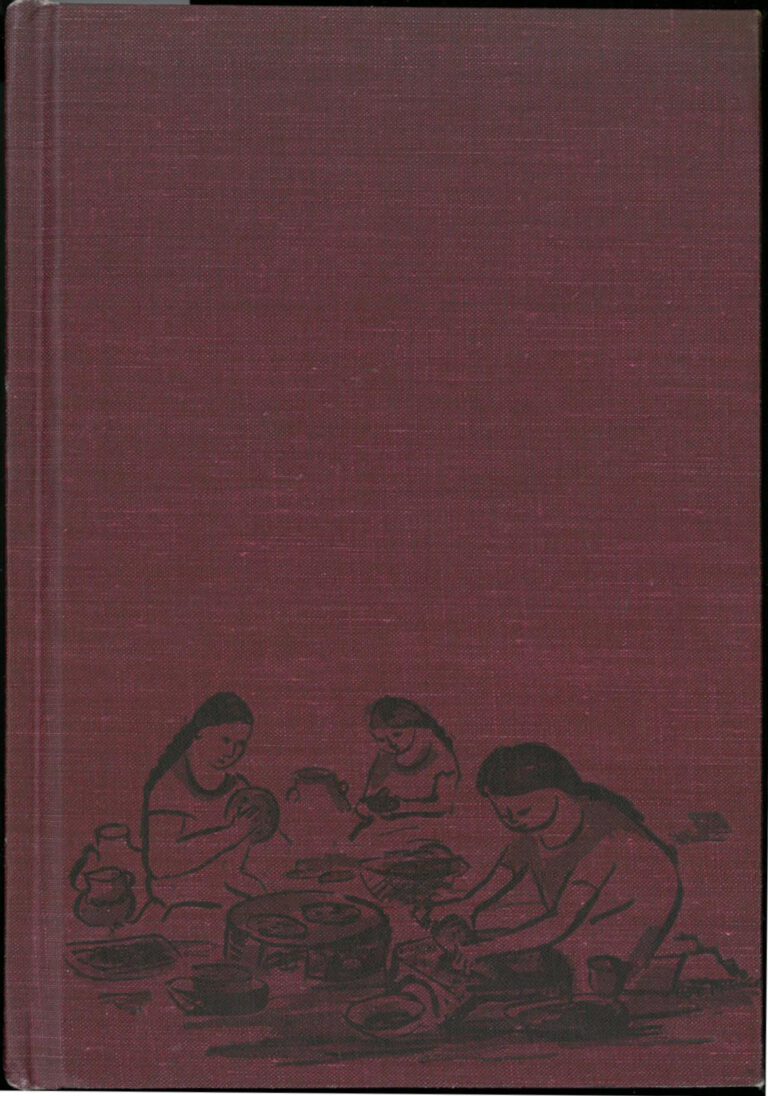
One Comment